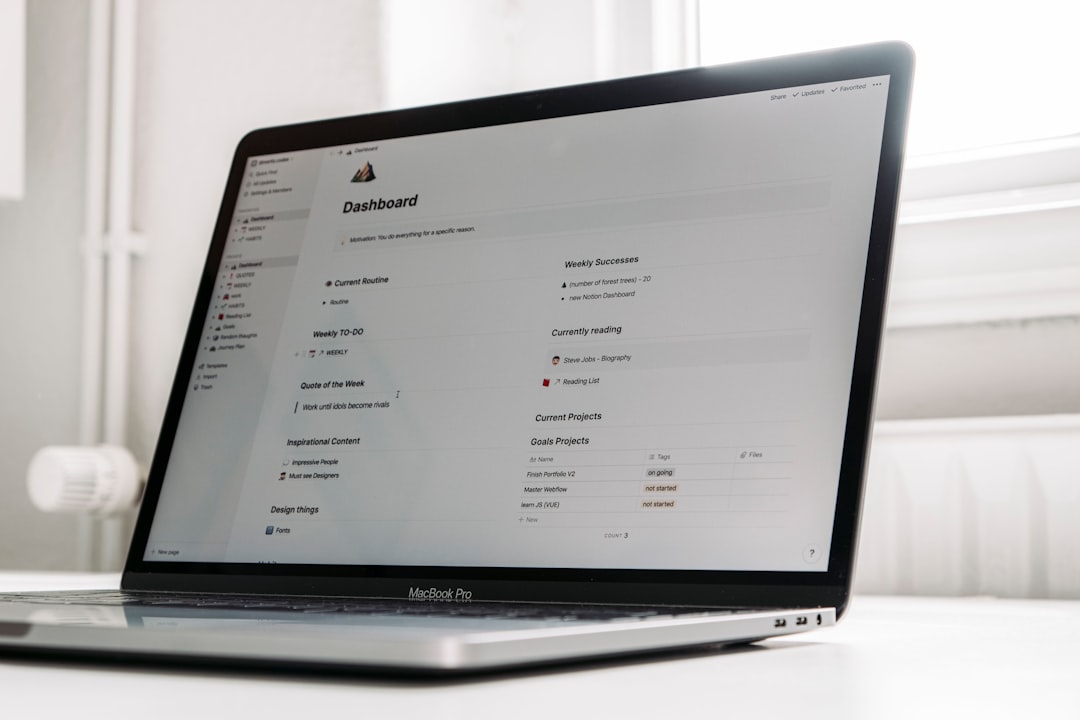Many online store owners using WooCommerce are unaware of a hidden setting that could be silently sabotaging their sales conversions. Despite investing in advertising, SEO, and product optimization, this overlooked feature might be causing thousands in lost revenue. Understanding WooCommerce’s default configurations is crucial, especially this one subtle yet impactful setting: the “Hide out of stock items from the catalog” option.
The Hidden Setting That’s Hurting Your Store
WooCommerce includes a default setting to hide out-of-stock products from your shop pages. While this may seem like a sensible feature—after all, why show products customers can’t buy?—it could be doing more harm than good when it comes to long-term sales strategy.
When out-of-stock products are hidden:
- Your store appears to have fewer items, reducing perceived variety.
- Search engines may stop indexing these product pages due to lack of visibility in the site structure.
- Customer interest in popular sold-out items is not captured.

Imagine you’re selling a trending product that’s temporarily out of stock. By hiding it, not only do you lose the opportunity to gauge demand through back-in-stock alerts or wishlists, but you’re also telling Google to disregard that product page. All the SEO effort put into that product vanishes.
Why Visibility Still Matters for Sold-Out Products
Instead of hiding out-of-stock items, successful eCommerce brands often use this opportunity to build anticipation, foster loyalty, and keep traffic flowing to their high-performing pages. Displaying these items lets customers:
- Sign up for restock notifications
- Add the item to a wish list
- Discover similar or alternative products through suggestions
From an SEO perspective, visible product pages serve as evergreen content. Even if the item isn’t available now, the page can still attract organic traffic and funnel potential customers into your ecosystem.
Ultimately, the focus should shift from simply showing what’s available to creating interest, retention, and future conversions.

How to Adjust This WooCommerce Setting
If you’re a store owner and suspect this may be affecting your sales, here’s how to locate and adjust the setting:
- Log in to your WordPress Dashboard.
- Navigate to WooCommerce > Settings.
- Click on the Products tab, then select Inventory.
- Find the option labeled “Hide out of stock items from the catalog”.
- Uncheck this option and save changes.
With this one tweak, customers can view sold-out items, learn about them, and choose to be informed when they’re available again. This opens the door to building product waitlists, capturing intent, and understanding customer demand better.
Pro Tips to Make the Most of This Feature
- Enable Back-in-Stock Notifications: Use plugins like Woo Backorder Manager or Back In Stock Notifier to capture leads and automatically alert customers when items return.
- Display “Expected Restock” Dates: Provide transparent information to reduce bounce rates and maintain customer trust.
- Use Out-of-Stock Items for Email List Growth: Convert interest into leads by allowing customers to subscribe for product updates.
This small setting, if configured strategically, can become a significant source of insight and revenue.
Conclusion
What seems like a simple toggle in your WooCommerce settings could mean the difference between capturing leads and losing them forever. Don’t let your store’s digital shelves appear empty. Keep customers engaged even when inventory runs out, and you’ll keep them coming back when it’s back in stock.
Frequently Asked Questions (FAQ)
-
Q: Should I always show out-of-stock products?
A: Not necessarily. It depends on your inventory model. However, for high-demand or popular items, keeping them visible allows you to gauge interest and capture potential leads. -
Q: Will showing unavailable items frustrate customers?
A: If handled correctly with clear messaging and optional notifications, it can actually improve user experience by building trust and transparency. -
Q: Are there specific plugins to help with this?
A: Yes, plugins such as Back in Stock Notifier for WooCommerce or WooCommerce Waitlist can assist in managing customer alerts and demand tracking. -
Q: Does this setting affect SEO?
A: Absolutely. Keeping product pages visible ensures they remain indexed by search engines, maintaining the SEO value you’ve built over time.